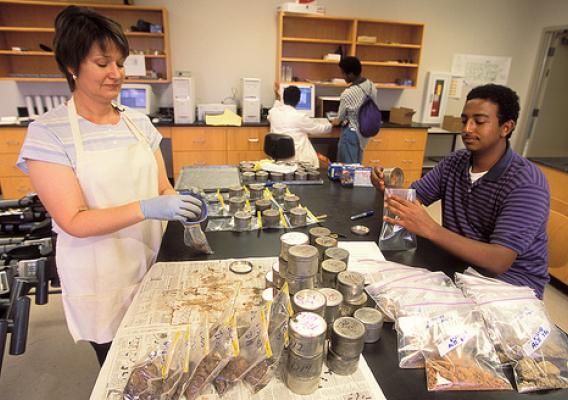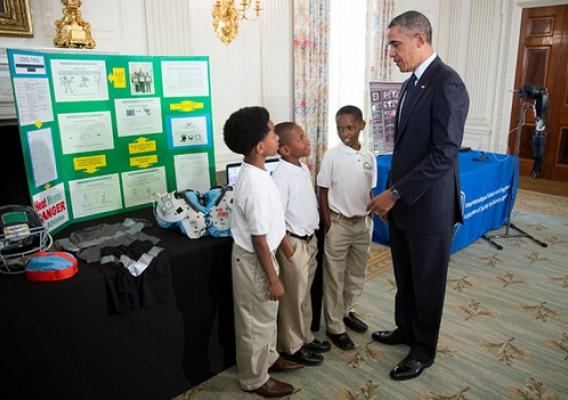This post is part of the Science Tuesday feature series on the USDA blog. Check back each week as we showcase stories and news from USDA's rich science and research profile.
2013 is the International Year of Statistics. As part of this global event, every month this year USDA’s National Agricultural Statistics Service will profile careers of individuals who are making significant contributions to improve agricultural statistics in the United States.
March is National Women’s History Month, celebrating women’s many accomplishments throughout history. And 2013 is the International Year of Statistics, in which countries and organizations around the world mark the power and impact of statistics. Together, these two celebrations touch me on a personal level. After all, only several decades ago, there were virtually no female statisticians, while today, more than half the staff at the National Agricultural Statistics Service (NASS), where I work, is female.








